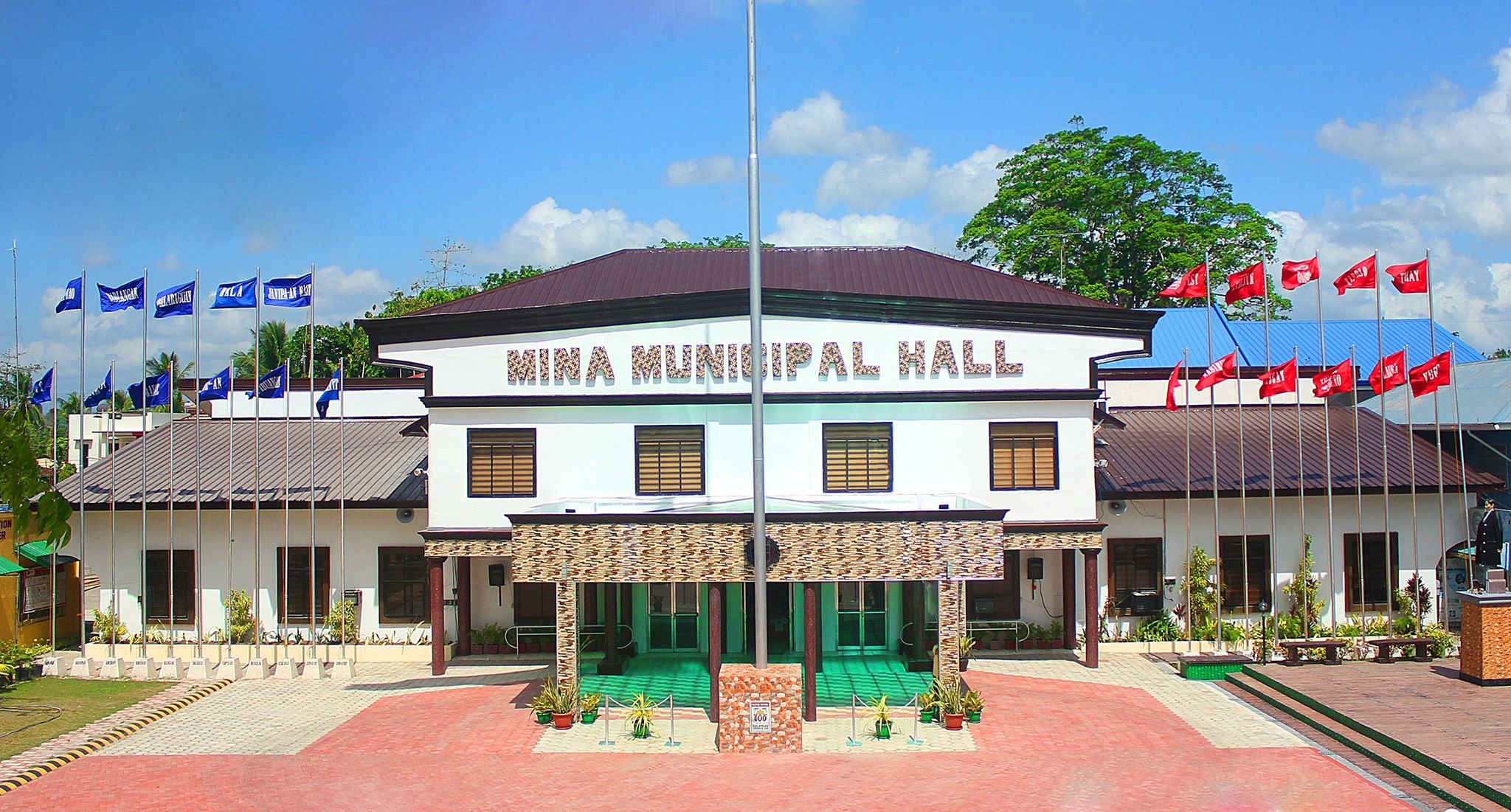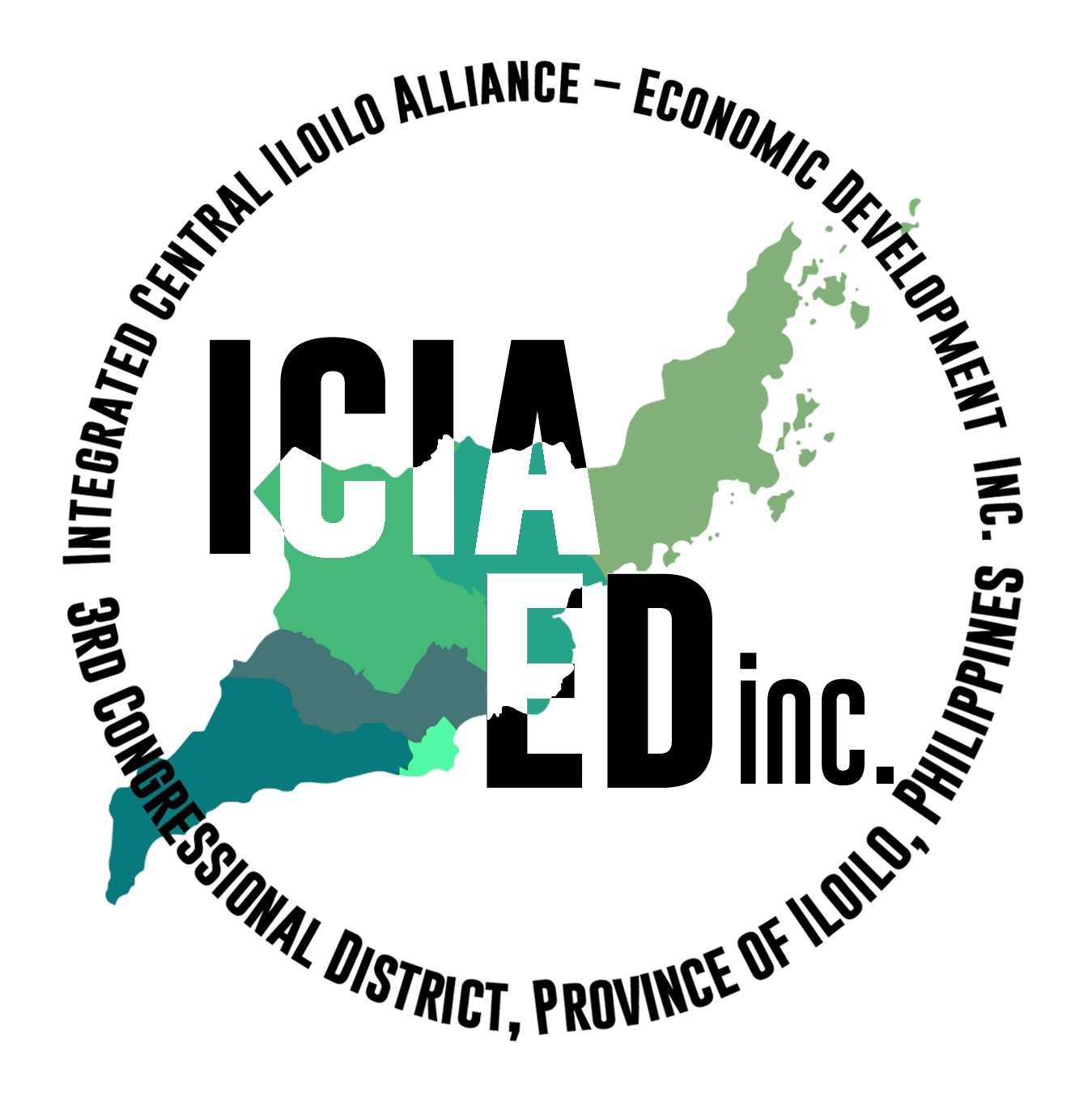 |
 |
 |
SPANISH Occupation 1521-18981864 – Beforehand the principales and residents initiated a movement that Barrio Mantugaui will be elevated into a town. On June 20, 1864, the league of leading citizens and the inhabitants officially pleaded to His Excellency the Quartermaster General of the Visayas to elevate this barrio into a new town independent of its matrix of Pototan to be named “Pueblo de Molto”. (A Spanish word meaning, much) In the mid-1860s, though no decree yet was issued for its elevation, into town, they already referred Mantugaui as Molto. The reasons why there was a petition to elevate said barrio into a pueblo, was due to: (1.) great distance between the town and the barrio; (2) during those times, residents of the said barrio had difficulty traveling to Pototan when they want to hear mass on required days; (3) when some barrio folks fell ill due to pestilence and eventually died without receiving the final sacrament. For a predominantly Catholic barrio, receiving and getting blessed with the sacraments as taught by the church, are important. (4) Another case in point was those women who suffered complications and died during childbirth had no chance of receiving the final sacrament, and (5) their infants often died without being baptized. It was for these reasons, among others, that the leaders sought the approval of His Excellency praying that their request would be granted. July 30, 1864 – The Parish Priest and the Principales of Pototan endorsed to the Political-Military Government of Iloilo the required sketch and lists, etc. informing the need of elevating Barrio Mantugaui into a town. Renaming of Town – National Archive of the Philippines (NAP)In the records of the National Archives of the Philippines (NAP), some documents referred to this barrio as “Montegaui”, “Montogaui”. “Mantugaui”, “Mantugani” during that time, when the leading citizens and inhabitants of barrio Mantugaui pleaded to His Excellency the Quartermaster General of the Visayas, to elevate this barrio into a new town, to become independent with the matrix of Pototan they proposed that it be named “ Pueblo de Molto”. From 1860 until 1870, there were so many disputes that had happened in the creation of this town. Arguments as to the other barrios to be included as part of Molto, as well as the boundaries and the “tributos” taxpayers, have become the major contention. Barrio Paranginan et maya was merged to Talaracan, (sometimes written as Tulurucan, Talacoran Tuluracan or Tularacan) now Tolarucan, to become part of Molto. A dispute between the Municipalities of Pototan and Janiuay over the jurisdiction of Tularacan resulted in the delay of elevating this barrio into a town. On January 20, 1868, a decree ordered by then the Gobernador Politico Militar de Visayas, it contains an assignment which was delegated to the Captain of the Police Force in this District D.Evaristo Fernandez who will conduct the survey of the boundaries concerned. Upon completion of the survey, the recommendation regarding the boundary between Mantugaui and Janiuay was objected by Fr. Miguel Claro of Janiuay Parish, hence the delay occurred for its approval. Bishop of Jaro appointed Don Juan Manzano y Vasques, the lawyer in this Province to form a committee together with the Reverend Parish Priests of Pototan and Janiuay and with the chiefs of the barrio of Mantugaui to handle the case filed regarding the said objection. The main task of this committee is also to establish the site where the new town of Molto and the barrios which should be the part of it should be situated and indicate as well the land for public buildings. On July 1, 1870, a decree issued by the Superior Government of General Carlos Ma. De la Torre to establish the demarcation and markings of the new town and name it into “Pueblo de Mina” instead of “Pueblo de Molto”. On October 27, 1870, the Bill was completely legalized in the required form. In this process, all the adjacent villages and barrios were presented by its respective parish priest, gobernadorcillos, and leading citizens- past and present, and none of them expressed the slightest objection and complaint, the superior government approved the said document on the demarcation of the town Mina. No parish priest yet was assigned at that time because some of the requirements for the creation of a new parish like the construction of the Church, Parish House for the priest, Convent School, Court, Municipio, were not fully complied yet. On July 30, 1873, when all these terms and conditions were accomplished, a decree making Mina as a full- pledge parish was issued by General Olivado. The parish was created and the Bishop of Jaro appointed an Augustinian Priest, Father Tiburcio Casbresana, a Spaniard, to become the first parish priest in the new town of Mina. The Parish of Mina was given an official title of “Our Lady of the Pillar”. In the archive of the National Archives of the Philippines (NAP), a documenter occasionally referred Montogawe as Montegaui, Mantugaui, or Mantugani. However, there was no definite meaning or translation of those names and no record about its origin. It cannot be ascertained why it was written that way. During that period the documents in (NAP) are handwritten in the Spanish language. The changes are attributed to the handwriting of the documenter and also on how the names were relayed to him during that time. AMERICAN COLONIZATION (1898-1946)Law of United States-Philippine Commission – Act no. 719 April 4, 1903 After the defeat in the Philippines by Spain against the Americans, the Americans changed the structure of government in this country. Among others in the Province of Iloilo, the town of Dingle and Mina, together with other neighboring barrios, were placed under the jurisdiction of the Town of Pototan. Mina became an “arrabal” of Pototan, then, considered as the biggest “arrabal” because it has a parish of its own. But the townsfolk of Mina continued to celebrate the feast day of Our Lady of the Pillar. (Summary) Record from period 1862-1890, Provincia de Iloilo Y Conception has 38 towns and two cities namely: Dumangas, Anilao, Banate, Barotac Nuevo, Barotac Viejo, Dueñas, Dingle, Lambunao, Pototan, Janiuay, Mina, Passi, Calinog, Oton, Arevalo, Molo, Jaro City, Pavia, Leganes, Santa Barbara, Cabatuan, Maasin, Iloilo City, Mandurriao, Tigbaun, Guimbal, Miag-ao, Igbaras, San Joaquin, Tubungan, Alimodian, San Miguel, Leon, Ajuy, Conception, San Dionisio, Sara, Estancia, Balasan, Carles.read more. . . |
